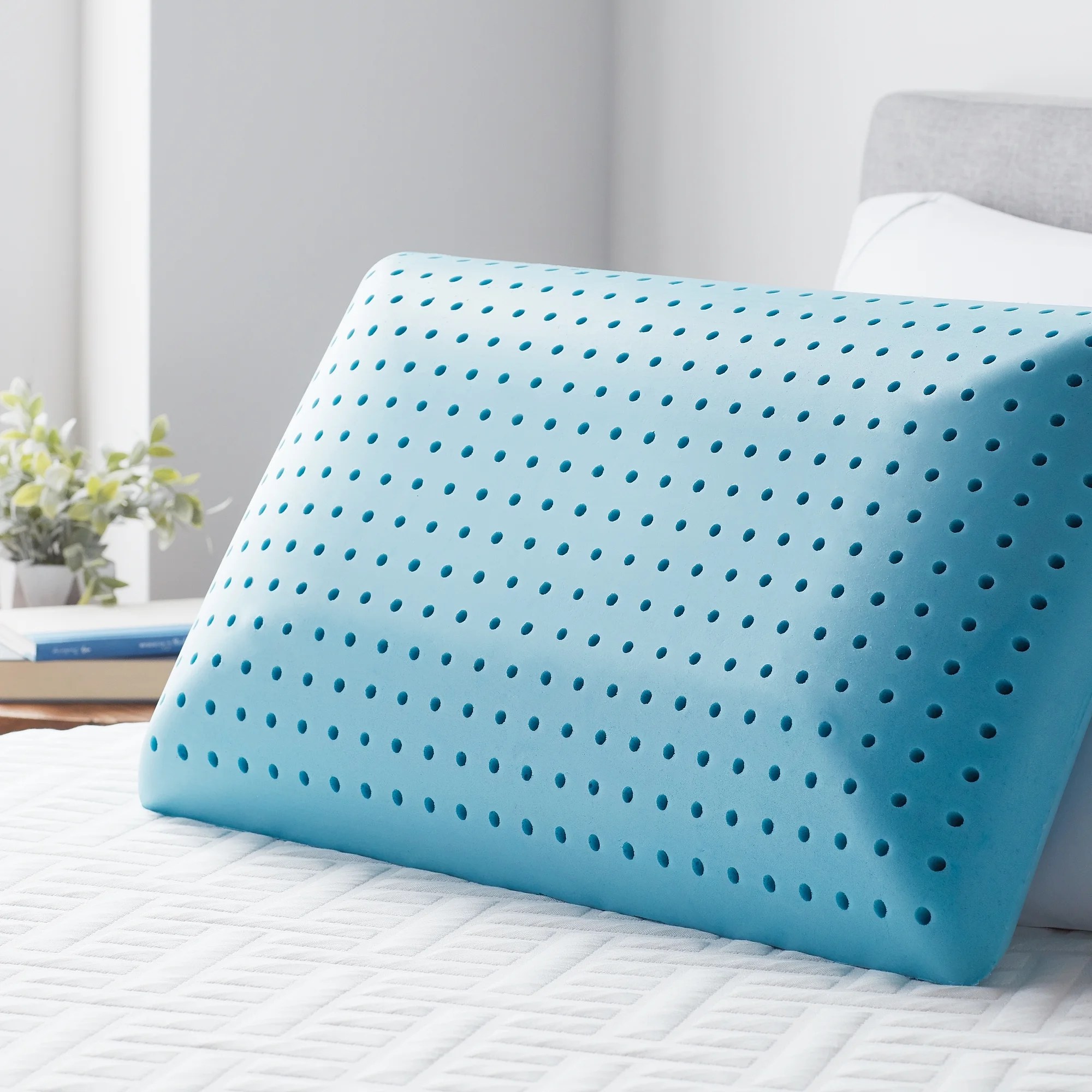Pillow foam has revolutionized the way we experience sleep, offering an unparalleled level of comfort and support. Whether you're a back, side, or stomach sleeper, the right pillow foam can make all the difference in ensuring you wake up refreshed and ready to face the day. With various types of foam available in the market, it can be overwhelming to choose the perfect one that caters to your individual needs. In this article, we will delve deep into the world of pillow foam, exploring its benefits, types, and what to consider when selecting the best option for you.
The evolution of pillow foam technology has brought forth innovations that cater to different sleeping styles and preferences. From memory foam to latex foam, each type has unique properties that can enhance your sleeping experience. With the growing awareness of the importance of sleep hygiene, more people are turning to pillow foam as a solution to their sleep-related issues. This article aims to provide you with comprehensive information about pillow foam, ensuring that you make an informed decision for your next sleep investment.
In addition to comfort, pillow foam also plays a significant role in promoting spinal alignment. Proper alignment not only contributes to a better night's sleep but also helps to alleviate neck and back pain. As we explore the various aspects of pillow foam, we will provide tips and recommendations on how to choose the right one for your sleeping needs. So, let’s dive into the world of pillow foam and uncover what makes it a popular choice for sleep enthusiasts.
What are the Different Types of Pillow Foam?
When it comes to pillow foam, there are several types to consider, each offering distinct benefits. Here are the most common types:
- Memory Foam: Known for its ability to contour to the shape of your head and neck, memory foam provides excellent support and pressure relief.
- Latex Foam: This type of foam is made from natural latex and offers a bouncier feel. It is also resistant to dust mites and mold.
- Polyurethane Foam: Often used as a budget-friendly option, polyurethane foam is lightweight and offers decent support but may not be as durable as other types.
- Gel-Infused Foam: Combining memory foam with gel technology, this type helps to regulate temperature, keeping you cool throughout the night.
How Does Pillow Foam Affect Sleep Quality?
The type of pillow foam you choose can significantly impact your sleep quality. Here are some ways pillow foam can enhance your sleep experience:
- Pressure Relief: Pillow foam, especially memory foam, conforms to your body, helping to alleviate pressure points.
- Spinal Alignment: A good pillow foam supports the natural curvature of your spine, reducing the risk of neck and back pain.
- Temperature Control: Advanced pillow foam options, like gel-infused foam, help maintain a comfortable sleeping temperature.
- Durability: Quality pillow foam can last for years, ensuring you get your money's worth.
What Should You Consider When Choosing Pillow Foam?
Selecting the right pillow foam involves a few key considerations:
- Sleeping Position: Your preferred sleeping position (back, side, or stomach) will dictate the type of support you need from your pillow foam.
- Firmness Level: Consider whether you prefer a soft, medium, or firm feel when selecting your pillow foam.
- Allergies: If you have allergies, look for hypoallergenic pillow foam options.
- Budget: Determine how much you are willing to spend on a pillow foam, as prices can vary widely.
Can Pillow Foam Help with Neck and Back Pain?
Yes, the right pillow foam can provide essential support that alleviates neck and back pain. Here’s how:
- Proper Support: A well-designed pillow foam maintains the natural alignment of your spine, reducing strain on your neck and back.
- Relief from Pressure Points: By distributing weight evenly, pillow foam can reduce pressure on sensitive areas.
- Customizable Options: Some pillow foams allow you to adjust the height and firmness, ensuring you find the perfect fit.
How to Care for Your Pillow Foam?
Caring for your pillow foam is crucial to ensure its longevity and hygiene. Here are some tips:
- Use a Pillow Protector: A protective cover can keep your pillow foam clean and free from allergens.
- Regular Cleaning: Check the care instructions; many pillow foams can be spot cleaned or aired out.
- Avoid Direct Sunlight: Keep your pillow foam out of direct sunlight to prevent it from breaking down prematurely.
What Are the Benefits of Memory Foam Pillow Foam?
Memory foam pillow foam offers numerous benefits that make it a popular choice among sleepers:
- Adaptive Support: Memory foam adapts to your body's shape, providing personalized support.
- Motion Isolation: It absorbs movement, making it an excellent choice for couples.
- Hypoallergenic Properties: Memory foam is resistant to dust mites and mold, making it suitable for allergy sufferers.
Is Pillow Foam Worth the Investment?
Investing in quality pillow foam can be worthwhile for several reasons:
- Improved Sleep Quality: A good pillow foam can enhance your overall sleep experience.
- Long-lasting Durability: Quality pillow foam can last for several years, making it a cost-effective choice.
- Health Benefits: The right pillow foam can alleviate pain and improve your overall well-being.
In conclusion, pillow foam has become an essential component of a good night's sleep. From its various types to its numerous benefits, it's clear why so many people are making the switch to pillow foam. By considering factors such as sleeping position, firmness, and personal preferences, you can find the perfect pillow foam to suit your needs. Embrace the comfort and support that pillow foam can provide, and enjoy the transformative effect it can have on your sleep quality.
Why The "I Love You Chicken Meme" Has Captivated The Internet
Kissing Foot: An Intimate Gesture With Deep Significance
Celebrate With Flavor: Blaze Pizza And Pi Day!


